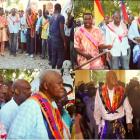ADVERTISEMENT
Voodoo - In Haiti
Trois Rivieres Botanica and Store in Little Haiti
At Trois Rivieres Botanica & Store in Little Haiti, you can find a wide array of true implements to Roman Catholic religious practice, folk medicines and other products considered as alternative medicines or items with magical healing power for many common and incurable diseases that are not regarded as orthodox by the medical profession.
We also stocks products associated with less common spiritual practices such as, Candomblé (Afro-Brazilian religion), Curanderismo (traditional Native American healer), Macumba (African Bantu origin), Espiritismo (Latin American and Caribbean belief) and Santería (religion of West African and Caribbean origin).
Few of the interesting items you can find at Trois Rivieres Botanica & Store include: cleansing baths, oils, perfumes and blessed personally with fresh flowers and plants, amulets, religious candles and statuary, incense, perfumes, scented sprays with special properties, images of saints, rosary beads, holy water, tools for Palo, Ocha, and Ifa ceremony and many others. The motto of Botanica is to secure customers through competitive pricing and retain them through happy and satisfied long lasting relationships.
Although, the name Trois Rivieres Botanica suggests "botany" or "plant" store, referring to some establishment that functions as a dispensary of medicinal herbs which are sold dried or fresh, prepackaged or in bulk, this shop in addition to that serves as a unique site for the performance of religious culture. You can find great collections of "religious apparel", the articles which are worn as part of the observance of some religious faith and items to be used with subject to some limitations based on mission or other requirements under situation special or important to you, or you can give them as the perfect gift to someone you care.
Trois Rivieres Botanica & Store in Little Haiti
8255 NE 2nd Avenue - Suite A - Miami, FL 33....
786-343-1992
List of Similarities between Voodoo Religion & Catholic Religion
Catholics followers believe in the almighty God who is the originator of their lives.
Voodoo followers believe in a creator god, Bondye, who is the originator of their lives
Catholic have various saints with specific roles and duties where followers warship them through adoration and reverence of sacred objects
The Voodoo Religion has various Lwa who are also referred to as Mystères who are intermediaries between God "Bondye" and human
Catholic followers belief that a Eucharist is transformed into the actual body and blood of Christ during Mass
Voodoo followers believe that spirits are transformed into living beings after occupying a person
To hide Voodoo practice from their European slave masters, the enslaved African people in Haiti syncretized the Loa with the Roman Catholic saints by frequently having images of Catholic figures displayed
Day of the Dead in Haiti or Gede
Gede is celebrated in Haiti on the occasion of the Day of the Dead, November 2. It is said that the "Gede" or Baron Samdi is the guardian of the cemetery, he is a master, one of the great minds in Haitian voodoo. Baron Samdi represents both Life and Death. Its colors are white, black and purple
All Saints Day, November 2nd, is known as the Day of the Dead in Haiti. Voodoo believers spend the month of November paying homage to Baron Samdi, god of the dead.
Voodooists visit cemeteries to pray to Samdi and spirits of their dead relatives. They adorn graves with fresh flowers and light candles, and then feast on the food and drink they have brought with them, dancing until dawn at Voodoo temples.
Haitian Voodoo Misconception about Voodoo Dolls
Haitian Voodoo does not practice striking pins into a doll to cause arm. The only dolls used in Voodoo are the ones found on altars and in graveyards representing the loas (Voodoo gods or spirits). These dolls act as lucky charms, not tools of vengeance, and are used to bless individuals, not curse them
Voodoo Myths Malign Religion's Authenticity
To the world one of the biggest misconceptions about Haiti is its practice of Voodoo. It has only been since the 2000s the Haitian government finally recognized Voodoo as a legitimate religion. Many myths have persisted about the nature of its belief system, and it is important to shed light on a religion sharing characteristics with many of the world's most practiced religions. Here are four main myths that obscure the true character of Voodoo.
1. Voodoo dolls. A made-up term, the dolls are said to be used to inflict pain on a victim by sticking pins into it. But the truth is harming others goes against Voodoo's code of ethics. Voodooists use good luck dolls they nail to trees in graveyards to communicate with the spirits of the dead.
2. Voodoo priests can re-animate the dead. Hollywood became enamored with Voodoo in the 1930s, producing movies about zombies, the undead, who were evil-doers. The truth is Haitian plantation owners gave slaves potions producing comatose-like states to work them harder, and rumors spread they were the living dead.
3. Voodooists practice human sacrifice. Consul to Haiti, Sir Spenser St. John, exploited the practice of Voodoo when he wrote the entirely fallacious Hayti: or the Black Republic in 1889, misrepresenting the facts of the religion.
4. Voodoo is evil incarnate. Voodoo has been misconstrued as a variant of Satanism, and this has been due to Hollywood's over-sensationalism of it. The truth is Voodoo shares similarities with Hinduism, Shintoism, Catholicism, and Buddhism.
Why is it that Lwa only exists in the Haitian Vodou Religion?
The Loas, sometime written as Lwa and referred to as Mystères or Invisibles are the spirits you find in the of Haitian Vodou and Louisiana voodoo. They are considered to be the intermediaries between the creator and humanity. Each Lwa is distinct, having his/her own personal preferences in term of food, dance and ritual.
Some people may say that this is no different than the Catholic religion that uses saints as intermediaries between their god and us human. However the reason why this remains a question to me is because in the Haitian Vodou religion, the Lwas can clearly be observed when someone is possessed by one of them, unlike the Catholic Saints who do not manifest in people in such a way.
Furthermore, wouldn't these lwas exist at least in Africa where the slaves from Sain-Dominge came from?
How about the other Caribbean islands, South America and the United States that also had African slaves during the colonization period? One thing I have noticed is that these lwas only exist either in Haiti, in Louisiana with its major Haitian influence and in the Haitian diaspora all over the world. This is the only time you hear about Agassou, Agwé, Ayida-Weddo, Ayizan, Azaka-Tonnerre, Baron Samedi, Bossou Ashadeh, Boum'ba Maza or Damballa. you can not find them anywhere else.
To me, this is the product of extended period of abuse, trauma and ongoing attempts to make a person lose his/her own identity.
What I see in all that is that the Slaves of Saint-Domingue had to survives multiple level of abuse, trauma for a long period of time. the only way they could have survived is through some type of cooping mechanism. Let's take for instance someone who has been through a trauma or abuse as a child, in many instances, this persone wil develop some mental problem that will likely last a lifetime if not properly treated. This could be a car accident were the child witnesses the parents was killed, an abusive environment where there is child sexual abuse, insest, or other;
Take these same conditions mentioned above and multiply them by at least one thousand time and you will probably get the conditions the slaves in Saint-Domingue. Consider the following:
First: The Intensity of Abuse: Working day and night, under the harsh condition of the tropic, poorly fed, subject to beating, chained while working. One thing that I learned is that the French master was much harsher than the Spanish master. Also, considering that Saint-Domingue(Haiti) was the most productive colony then, doesn't this relate directly to treatment methods used on the slaves in Saint-Domingue?
Two: Deprived from Families: The person is separated from his family, including mother, father, children sibling, friends. In the new land, their children are are the property of the master and are sold as such.
Four: Deprived from a Support System: That same person is removed from their country, transported into boats for several months and in deplorable conditions. Comes to a new land, sold to the highest bidder.
Three: Duration of Trauma and Abuse: Instead of a trauma or abuse that occurs only once in their lifetime, consider that these African slaves have been subjects to these repeated trauma and abused day in and day out for a lifetime and for several generations and several centuries.
Five: Removal of Identity: As you were the property of another human been just like you, you have constantly been told that who you are or what you believe in is not good. You have been forced to adopt new custom while being punished is caught practicing old ones.
Considering the kind of living condition these African Slaves find themselves into in Saint-Domingue (Haiti) and for so long, could these Lwas be the result of a mind traumatized to a level not seen anywhere else in the world? Wouldn't one think that these Lwas found in the Haitian vodou could be a practical method developed by these slaved to coop with their harsh reality?
The same way an abused child can grow up to become an abuser, paranoid schizophrenia, serial killer, some who remains paranoid to the opposite sex. or have other behaviors all together, wouldn't the mind of a group of people who have been severely traumatized for multiple generations work differently?
The next question would likely be: If the Lwas found in the Haitian Vodou religions are the result of trauma suffered by the slaves of Saint-Domingue during colonization, what explains their existence today? I don't have an answer for that; however instead we should ask this question: Do we understand completely how our own mind works?
Haiti Voodoo Baron Samedi
Here is a picture of Baron Samedi in the Haitian Voodoo. As one of the lwa in Haitian voodoo, Baron Samedi is the lwa of the dead.
There are several variation of Baron Samedi such as Baron Cimetiere, Baron La Croix, Baron Kriminel. The wife of Baron Samedi is called Madame Brigitte
Haitian Voodoo, Day Of The Dead
In Haitian Voodoo, the Baron has a shrine at the entrance to every cemetery. This is a black tomb, within and upon which the followers leave offerings of candles and rum.
In many cemetary the Baron has a shrine at the entrance. At the Baron black tomb, the voodoo bealivers leave offerings of candles and rum
Haitian Vodou Flags, focal point before of Vodou Ceremolny
Here is a picture of Haiti Voodoo Flag, the focal point before the possession takes place.
Haitian Vodou flags are meant to shine and dazzle, and they do so mainly with the aid of the bright colors, beads and sequins used in their production. According to museum curator Nezka Pfeifer, the flags have this property mainly to facilitate meditation that allows possession to occur.
Despite their place now on walls primarily for their aesthetic beauty, the true purpose of these flags revolved around Vodou rituals. All the images and symbols are used, blended together to create a hypnotic, glistening mesmeric visage.
Souvenance Temple Holds Voodoo Easter Rites
Souvenance and its holy temple is where voodooists come each Easter to give tribute to loa deities. The temple is sacred to Voodoo believers, whose progenitors came from West Africa.
A five-day ceremony occurs, with drumming, dancing, chanting, and animal sacrifice. Livestock animals' throats are slit. White-robed participants then douse themselves with the blood to honor the deity, Ogoun.
Voodoo, officially sanctioned in Haiti, has 66% of island inhabitants practicing its doctrines, one of three major religions in Haiti.
Zombies a Scientific Reality Only
Part of Haitian Voodoo is the belief in Zombies. Clairvius Narcisse is an example of the Zombie myth. A priest injected Narcisse with a hallucinogen, deadening his brain function. He became a victim of forced labor until the priest died. Now clear-minded, he returned home to recount his experience. Zombie-ism is used as a tool to force victims into degrading conditions. It creates fear and dread in those, who do not understand psychotropic drugs, and their ability to alter perceptual capacity.

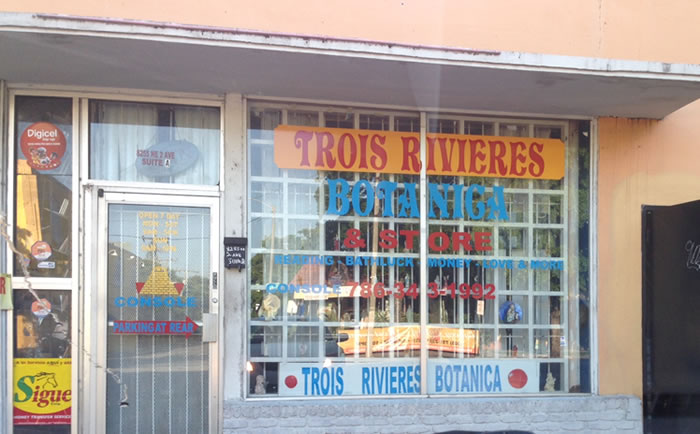
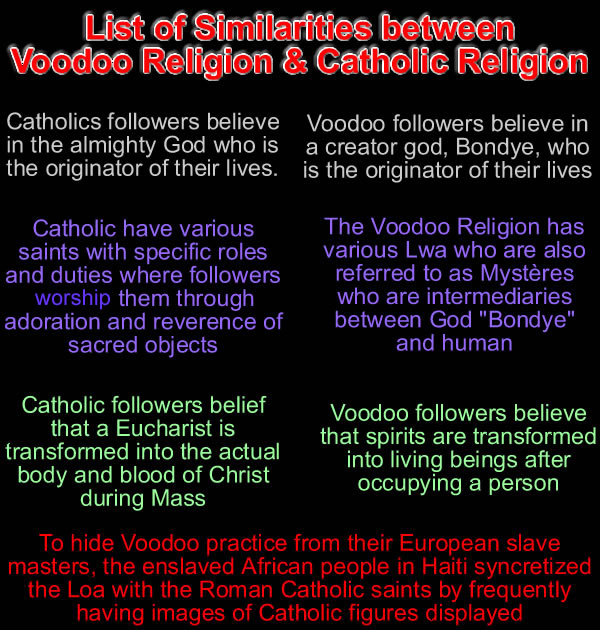
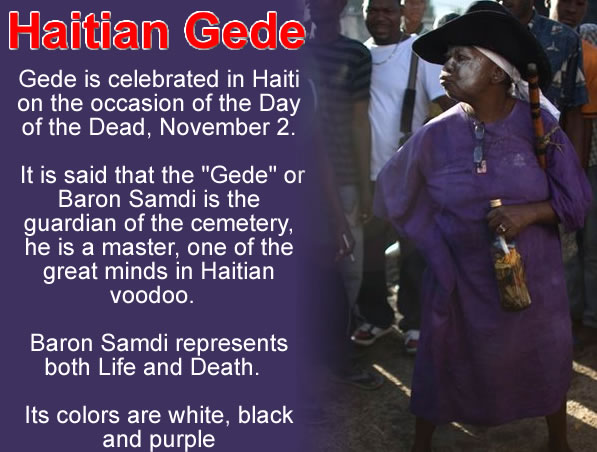
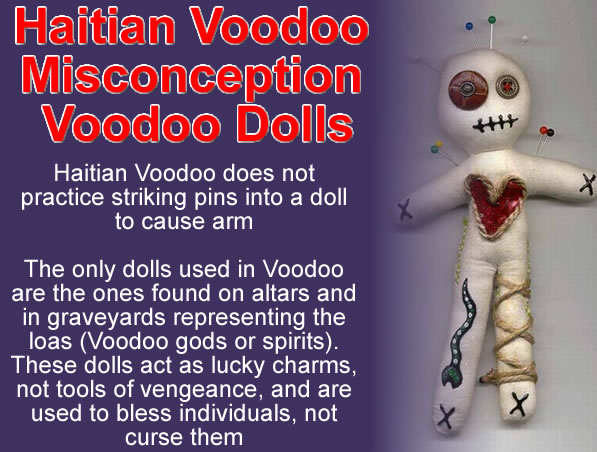
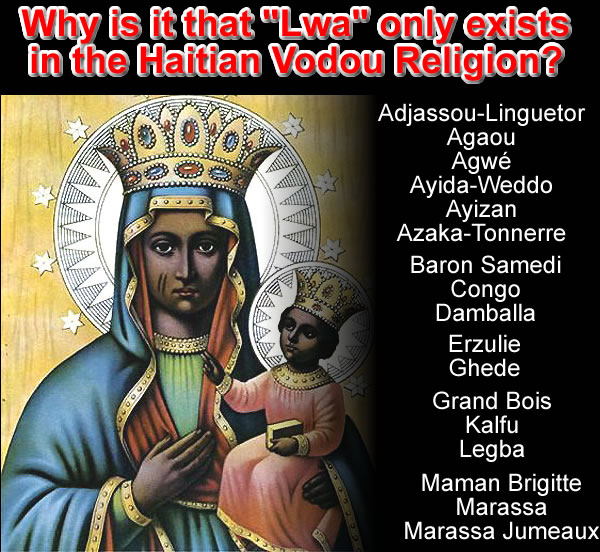
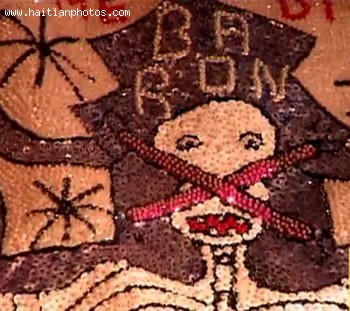
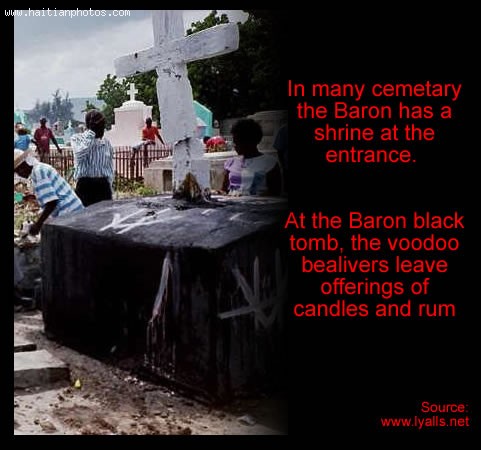
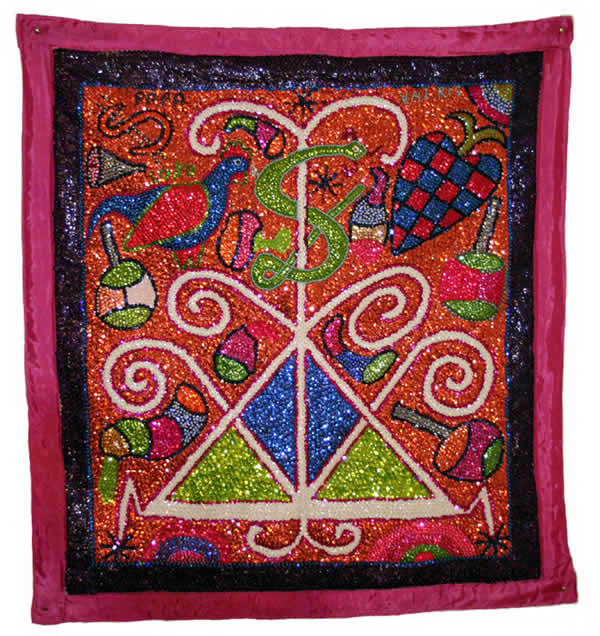
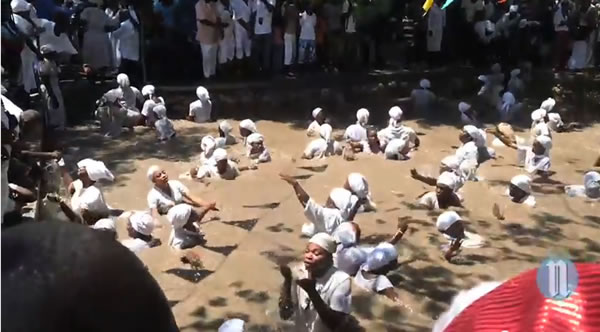
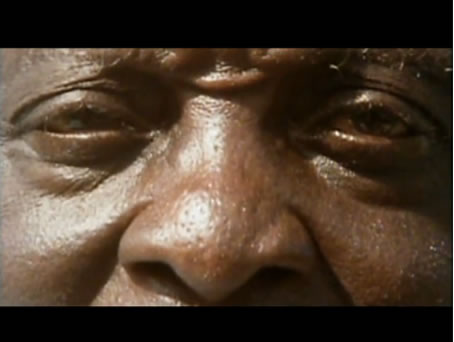
 Love between Barack and Michelle Obama
Love between Barack and Michelle Obama  Inauguration Lycée Jean-Louis Dulciné in Gris-Gris, Haiti
Inauguration Lycée Jean-Louis Dulciné in Gris-Gris, Haiti  Tourism In Haiti - Traditional Haitian Dance Performances
Tourism In Haiti - Traditional Haitian Dance Performances  Paul Eugène Magloire, born in Quartier Morin
Paul Eugène Magloire, born in Quartier Morin  Dr. Michaëlle Amédée Gédéon is dead
Dr. Michaëlle Amédée Gédéon is dead  Dr. Henri Ford, First Haitian Dean At University of Miami Med...
Dr. Henri Ford, First Haitian Dean At University of Miami Med...  Haitians, the second largest black immigrant group in the US
Haitians, the second largest black immigrant group in the US 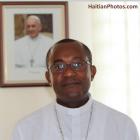 Pope Francis appointed Mgr. Launay Saturne Archbishop of...
Pope Francis appointed Mgr. Launay Saturne Archbishop of... 
